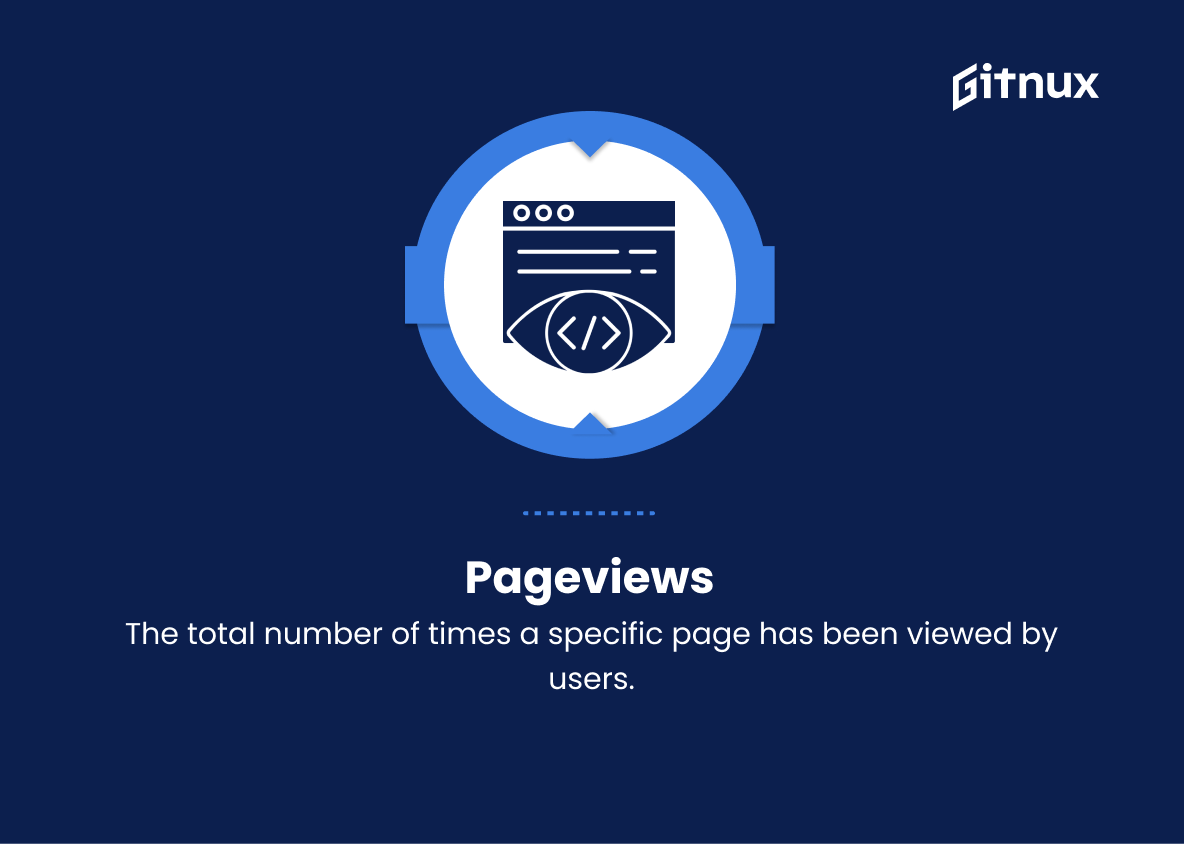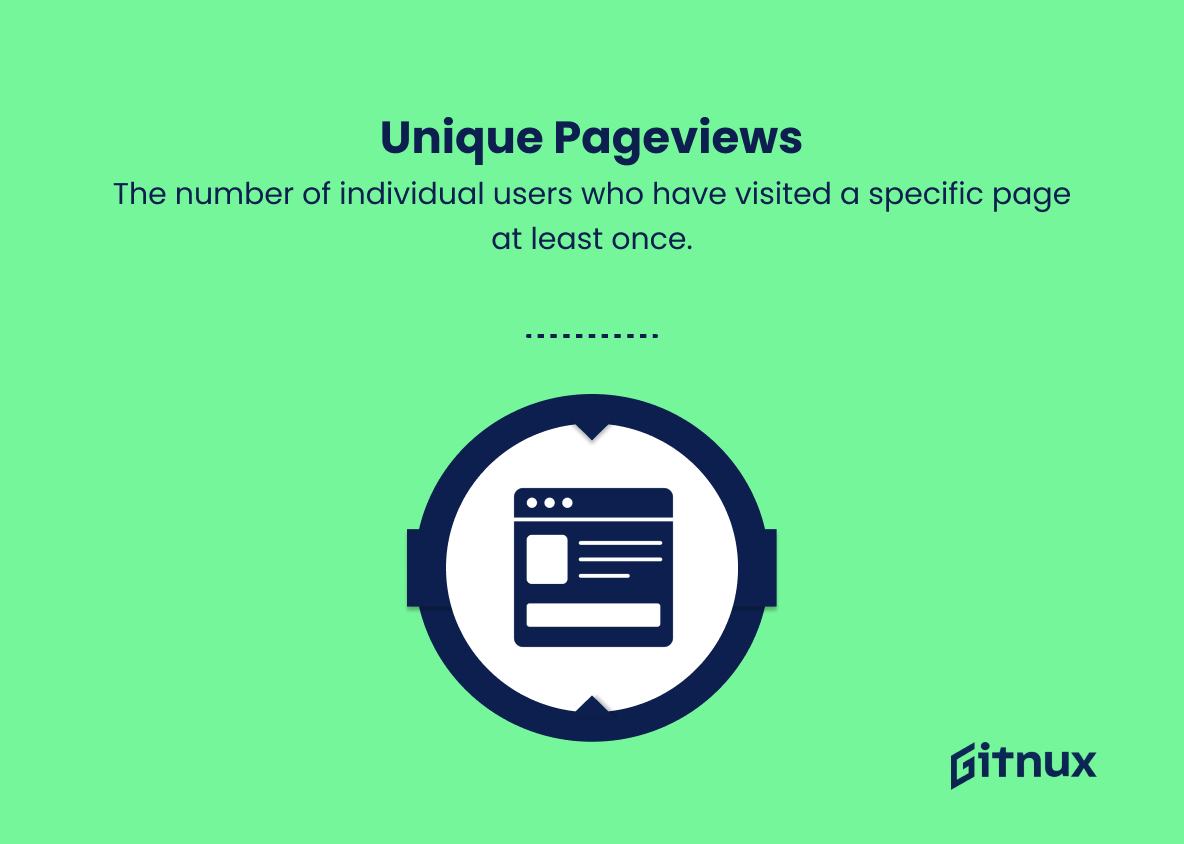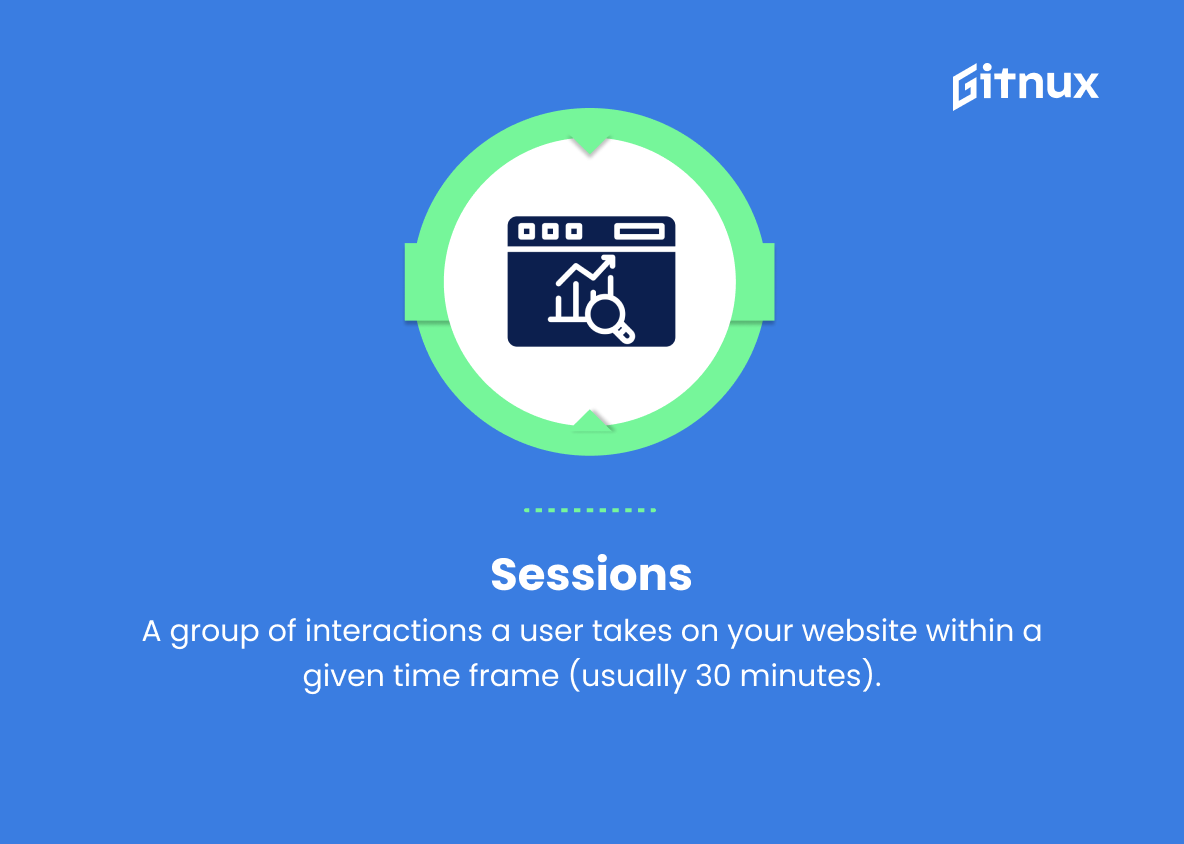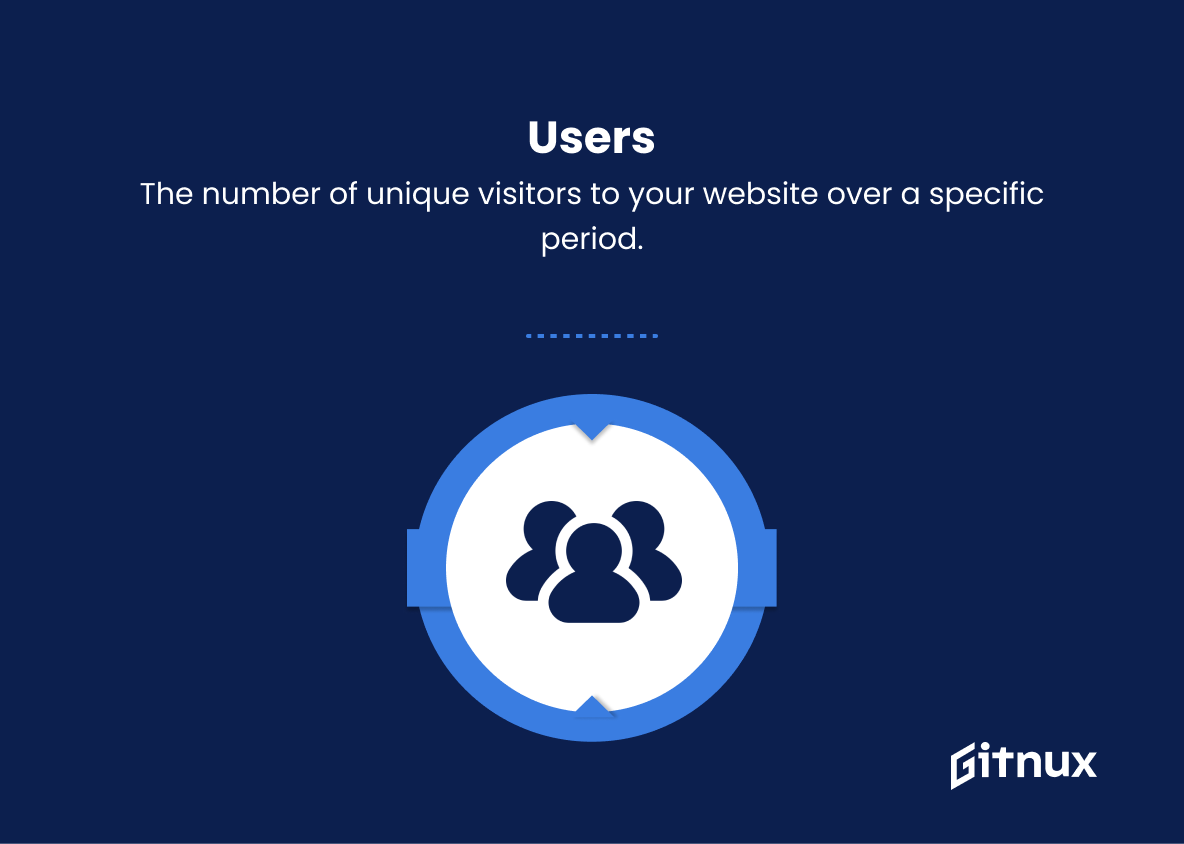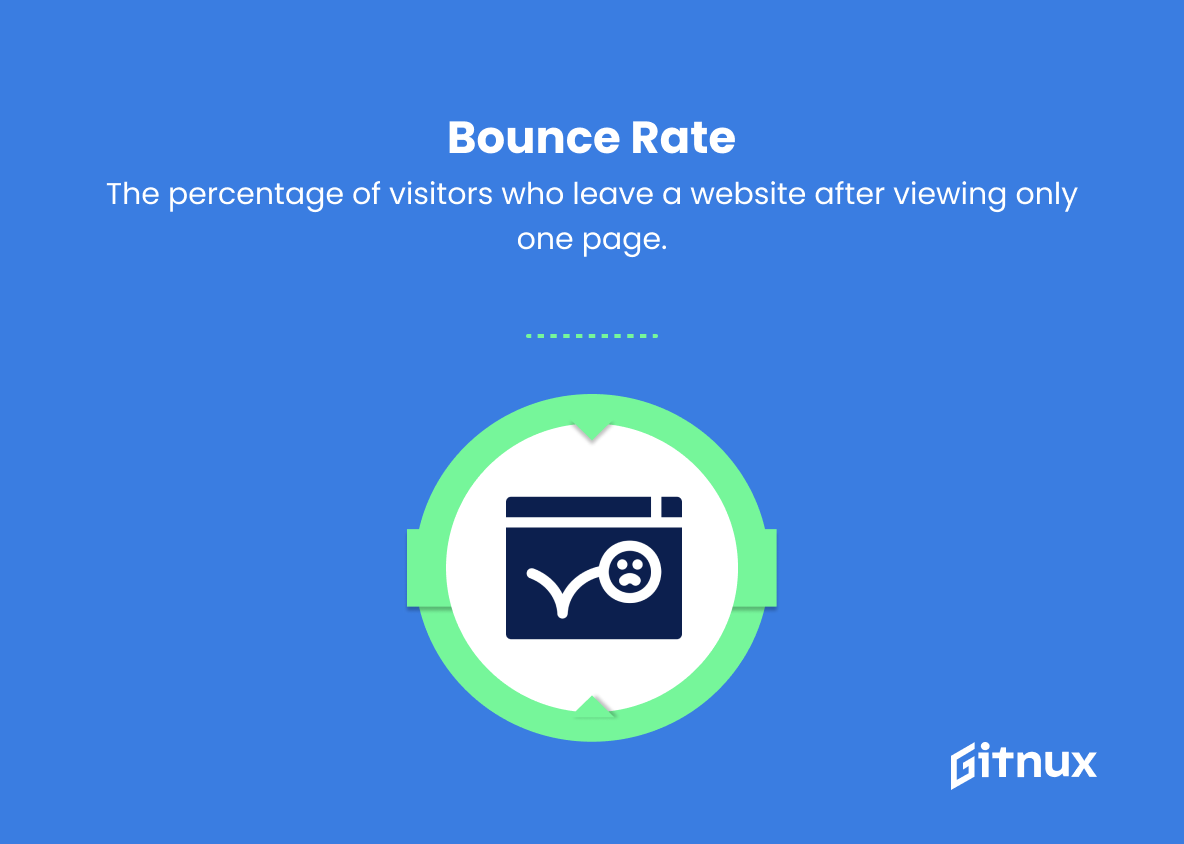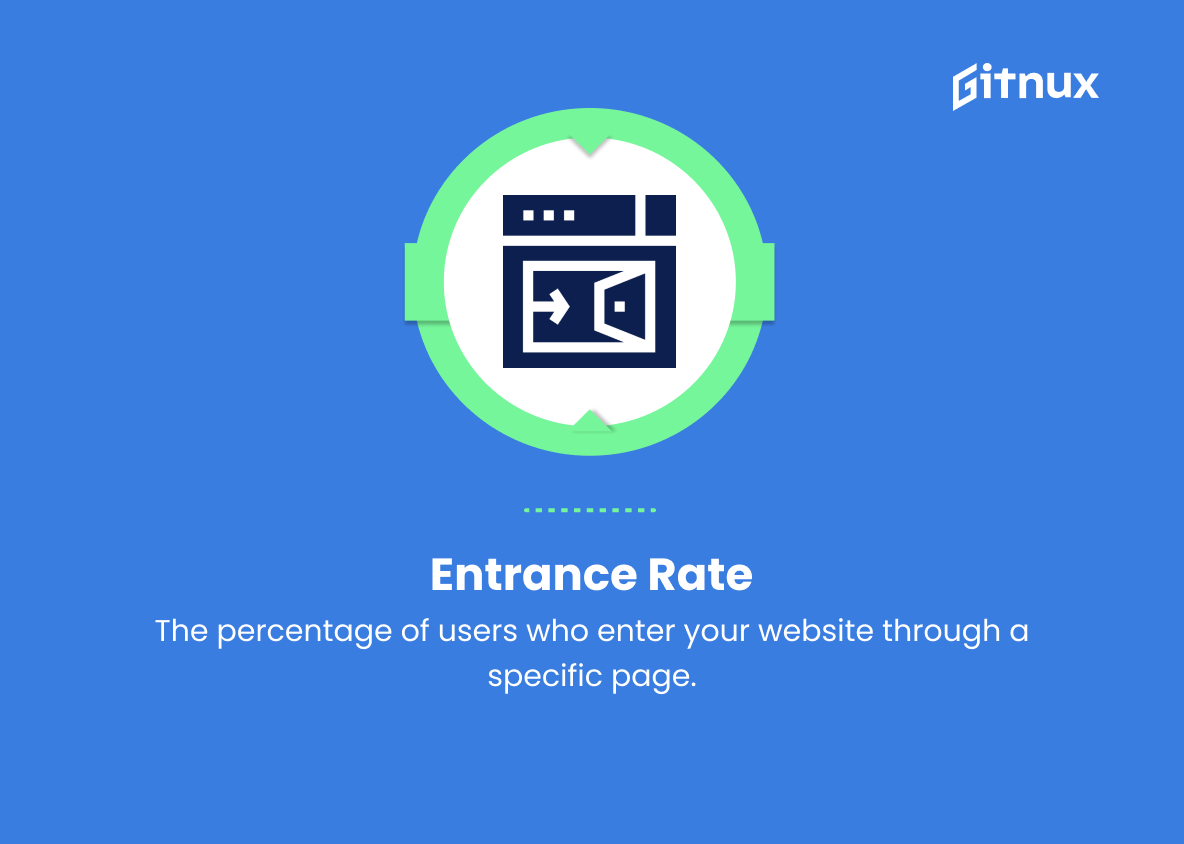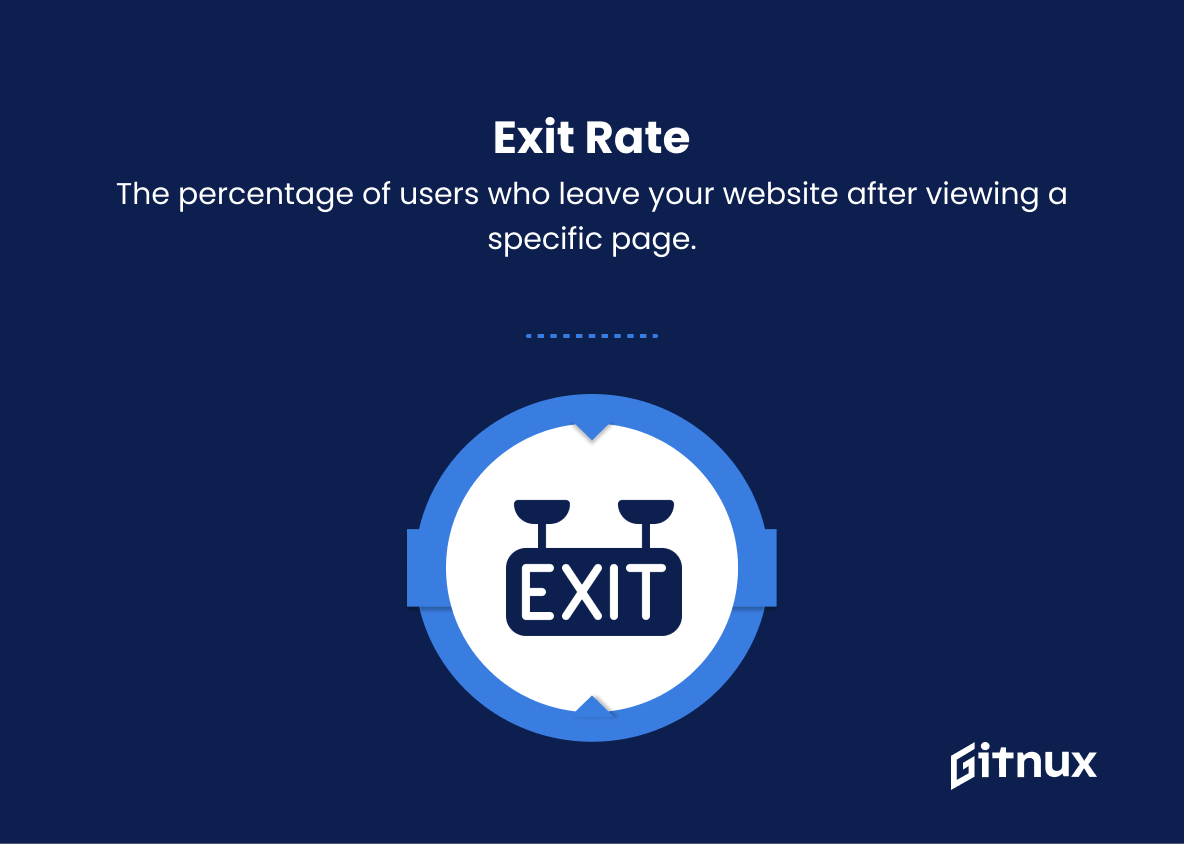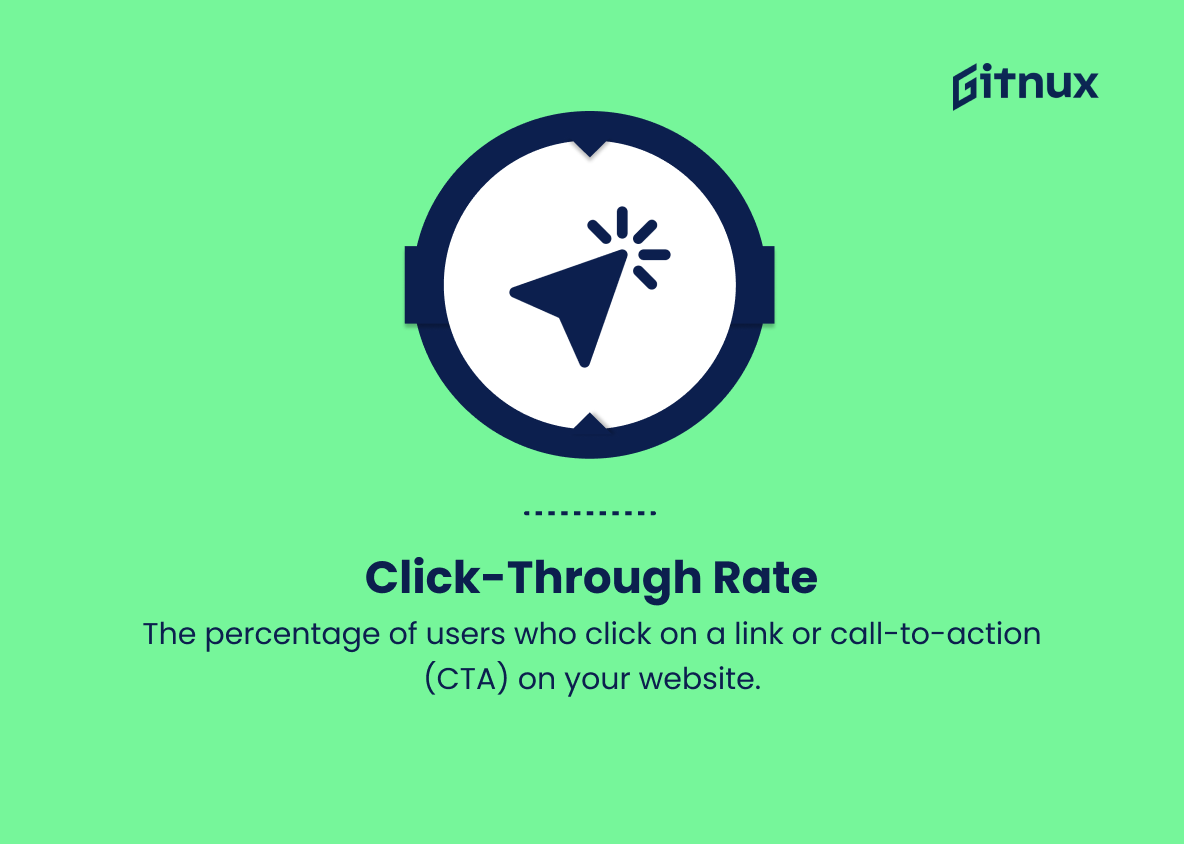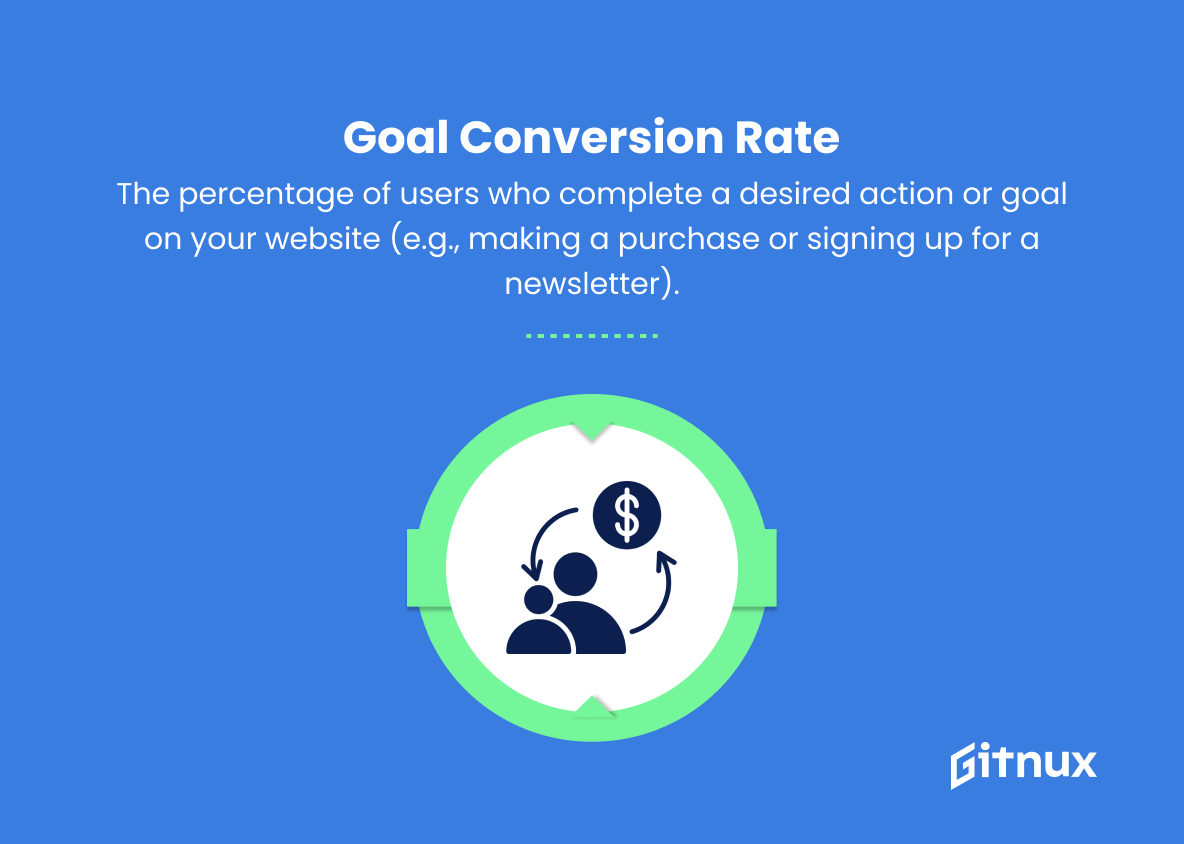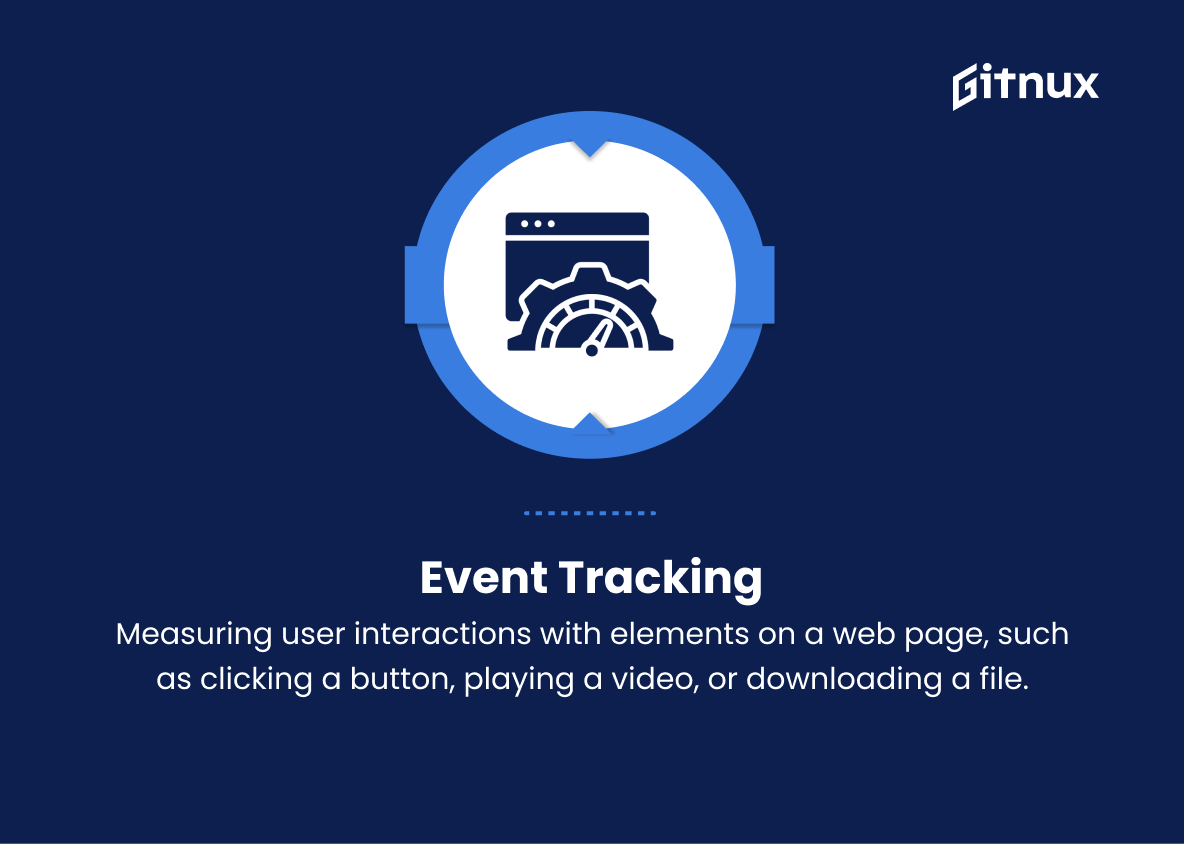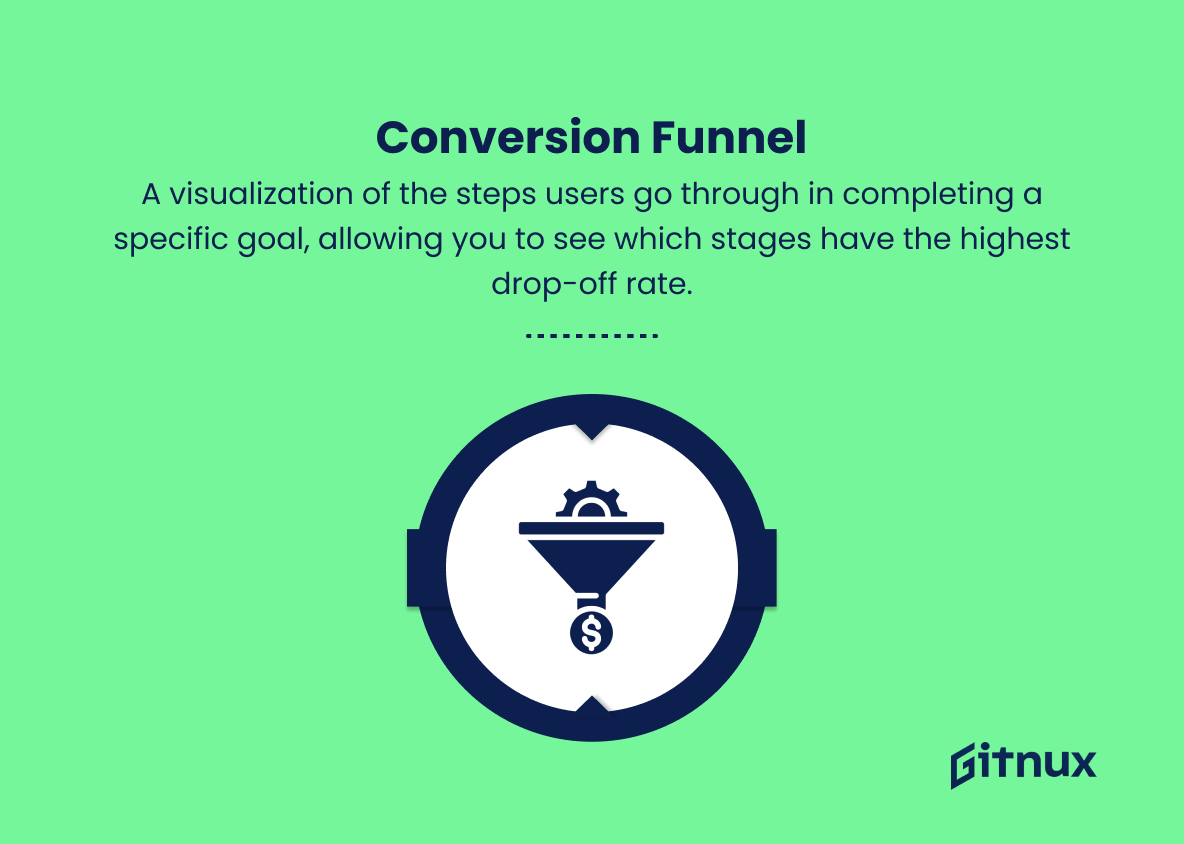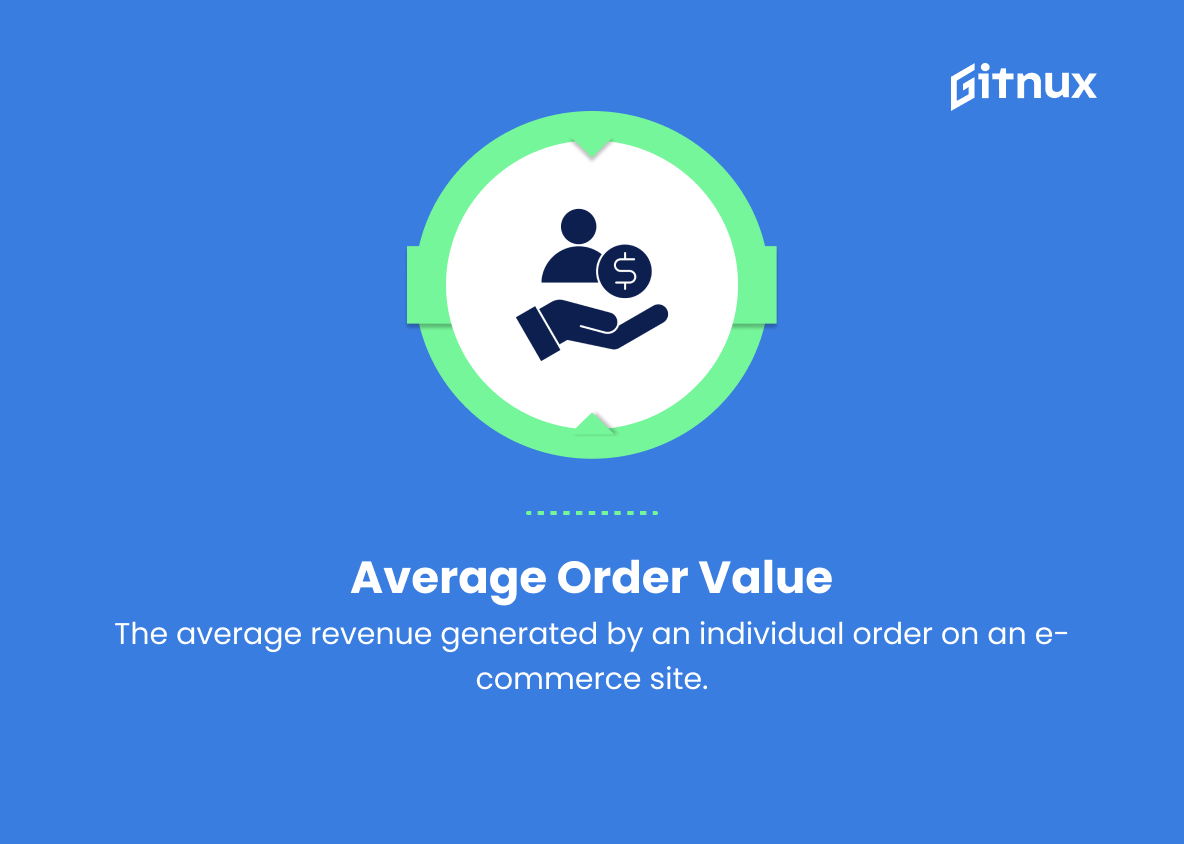In today’s rapidly evolving digital landscape, understanding and leveraging web analytics metrics has become a crucial component for businesses striving to make data-driven decisions, optimize user engagement, and ultimately thrive in the competitive online marketplace.
In this comprehensive blog post, we will delve into the vital world of web analytics metrics—demystifying terminology, examining the key performance indicators (KPIs), and providing actionable insights to help you harness the power of data analysis, ensuring your online presence remains relevant, engaging, and efficient. Be prepared to unlock the potential of web analytics metrics as you embark on this journey to elevate your digital strategy and maximize your return on investment (ROI) in an ever-changing digital ecosystem.
Web Analytics Metrics You Should Know
1. Pageviews
The total number of times a specific page has been viewed by users.
2. Unique Pageviews
The number of individual users who have visited a specific page at least once.
3. Sessions
A group of interactions a user takes on your website within a given time frame (usually 30 minutes).
4. Users
The number of unique visitors to your website over a specific period.
5. Session Duration
The amount of time a user spends on your website within a single session.
6. Bounce Rate
The percentage of visitors who leave a website after viewing only one page.
7. Pages per Session
The average number of pages a user views during a single session.
8. Traffic Source
The origin of your website’s visitors, such as organic search, paid ads, referrals, or social media.
9. Entrance Rate
The percentage of users who enter your website through a specific page.
10. Exit Rate
The percentage of users who leave your website after viewing a specific page.
11. Click-Through Rate (CTR)
The percentage of users who click on a link or call-to-action (CTA) on your website.
12. Goal Conversion Rate
The percentage of users who complete a desired action or goal on your website (e.g., making a purchase or signing up for a newsletter).
13. Event Tracking
Measuring user interactions with elements on a web page, such as clicking a button, playing a video, or downloading a file.
14. Conversion funnel
A visualization of the steps users go through in completing a specific goal, allowing you to see which stages have the highest drop-off rate.
15. Average Order Value (AOV)
The average revenue generated by an individual order on an e-commerce site.
16. Cost per Click (CPC)
The average amount an advertiser pays for a user to click on a paid ad leading to the website.
17. Cost per Acquisition (CPA)
The average amount an advertiser pays for an online marketing campaign to acquire a new lead or customer.
18. Revenue per Visit (RPV)
The average revenue generated by a single user visit to an e-commerce website.
19. Return on Investment (ROI)
The revenue generated by online marketing campaigns compared to the cost of running those campaigns.
20. New vs. Returning Visitors
A comparison of the percentage of users who are new to your website versus those who have visited before.
21. Mobile vs. Desktop Traffic
A comparison of the percentage of users accessing your website via mobile devices versus those using desktop computers.
22. Geolocation
The geographical locations of your website visitors, useful for understanding your audience and optimizing your content or advertising campaigns.
23. Site Search
The analysis of search terms entered on your website’s search bar, which provides insights into user intent and potential content improvements.
24. Time on Page
The amount of time users spend on a specific page, indicating the level of engagement or interest in the content.
25. Load Time
The time it takes for a web page to fully load, impacting user experience and search engine rankings.
Web Analytics Metrics Explained
Web analytics metrics play a crucial role in understanding user behavior, improving content, and optimizing marketing strategies. Metrics such as pageviews, unique pageviews, and sessions allow you to track user engagement with your website, while others like session duration, bounce rate, and pages per session provide insights into their overall browsing experience. By analyzing your traffic sources, entrance and exit rates, and click-through rates, you can identify the channels driving the most valuable visitors and optimize your marketing efforts accordingly.
Monitoring your goal conversion rates, event tracking, and conversion funnels can help you pinpoint areas needing improvement and enhance your website’s overall performance. Essential e-commerce metrics like average order value, cost per click, and revenue per visit can help you maximize revenue, while return on investment measures the efficiency of your marketing campaigns. Comparing new and returning visitors, mobile and desktop traffic, and assessing geolocation data can provide invaluable insights into your target audience and assist with content personalization.
Utilizing site search analysis, time on page, and load time data can help you fine-tune your website’s content and usability, providing a better experience for your visitors and ultimately, improving your online success.
Conclusion
In summary, web analytics metrics are crucial for any business or organization seeking to grow and refine its online presence. By tracking and analyzing essential data such as traffic sources, bounce rates, conversion rates, and user behavior, decision-makers can make informed strategic choices to optimize their websites and marketing efforts. Continually monitoring and adapting based on these metrics is the key to driving success in the digital landscape. In an ever-evolving online world, staying ahead of the curve is vital, and a comprehensive understanding of web analytics metrics is an indispensable tool in achieving that goal.
